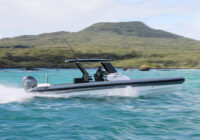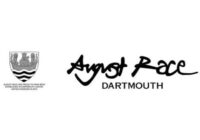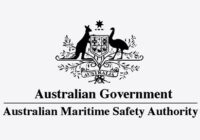The Estonian Environmental Investment Centre, in cooperation with the Police and Border Guard, has conducted underwater surveys of three of the most dangerous shipwrecks in Estonian waters and found up to eight kilograms of mercury on one of them.
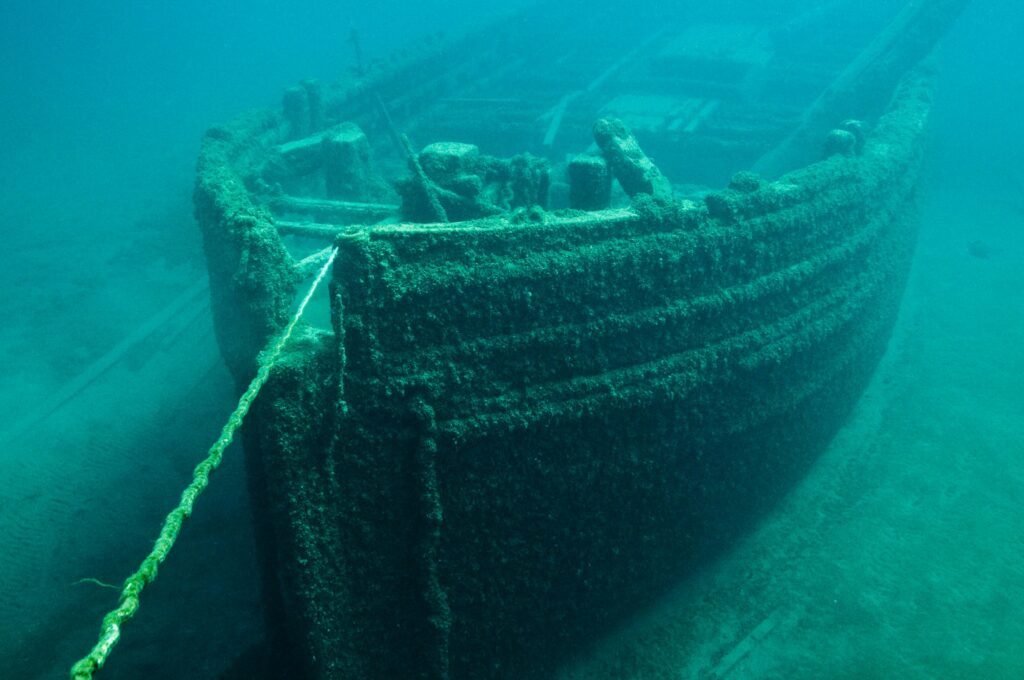
A shipwreck. Photo by NOAA on Unsplash
There are almost 700 shipwrecks in Estonian waters, 55 of which are considered environmentally hazardous due to pollution risks, ghost nets or explosives on board. A recent survey examined an S31 destroyer, a T22 destroyer and an M37 minesweeper, the German Navy ships sunk during World War II.
Kaupo Läänerand, deputy secretary general for maritime affairs and water environment at the Estonian climate ministry, said that every year the state, together with experts and divers, examines some wrecks more closely to determine their environmental risks.
“Out of 55 dangerous wrecks, we have now thoroughly investigated 25. Several wrecks were in such a condition that they either had to be drained of fuel or cleaned of hazardous oil waste,” Läänerand said, adding that the ministry aims to systematically make critical wrecks environmentally safe.
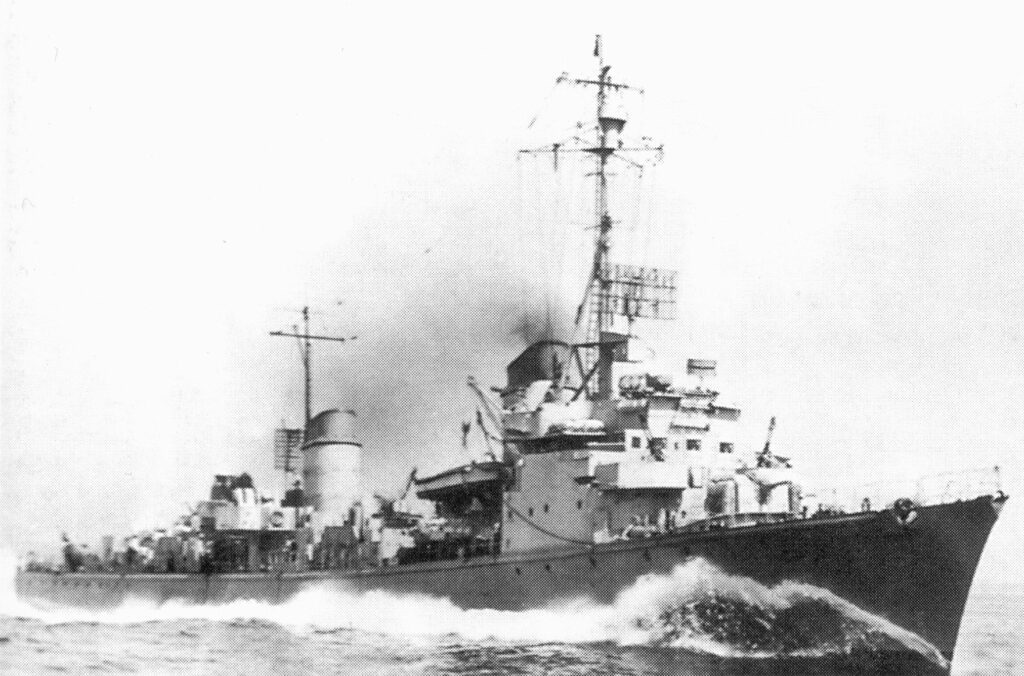
The German torpedo boat T31 was one of fifteen Type 39 torpedo boats built for the Kriegsmarine (German Navy) during World War II. Completed in early 1944, the boat was assigned to convoy escort duties and supporting German forces in the Baltic. She was sunk in combat with Soviet motor torpedo boats on 20 June off the Finnish coast on 20 June with 82 men killed. Pictured here is her sister ship, T35.
Most World War II wrecks still contain heavy fuel oil, which was used as fuel. The exact quantities and the potential for leaks in the near future remain unknown. It is likely that more wrecks will be discovered as technology advances.
Removing ghost nets prevents harm to marine life
Underwater surveys have shown that, given the condition of the wrecks, it is unlikely that the destroyers S31 and T22 still contain significant quantities of fuel. A smaller amount of fuel may be present in pipelines and elsewhere, but locating and recovering it may not be feasible. However, the S31 wreck has many ghost nets and their removal should be considered to prevent further danger to marine life.
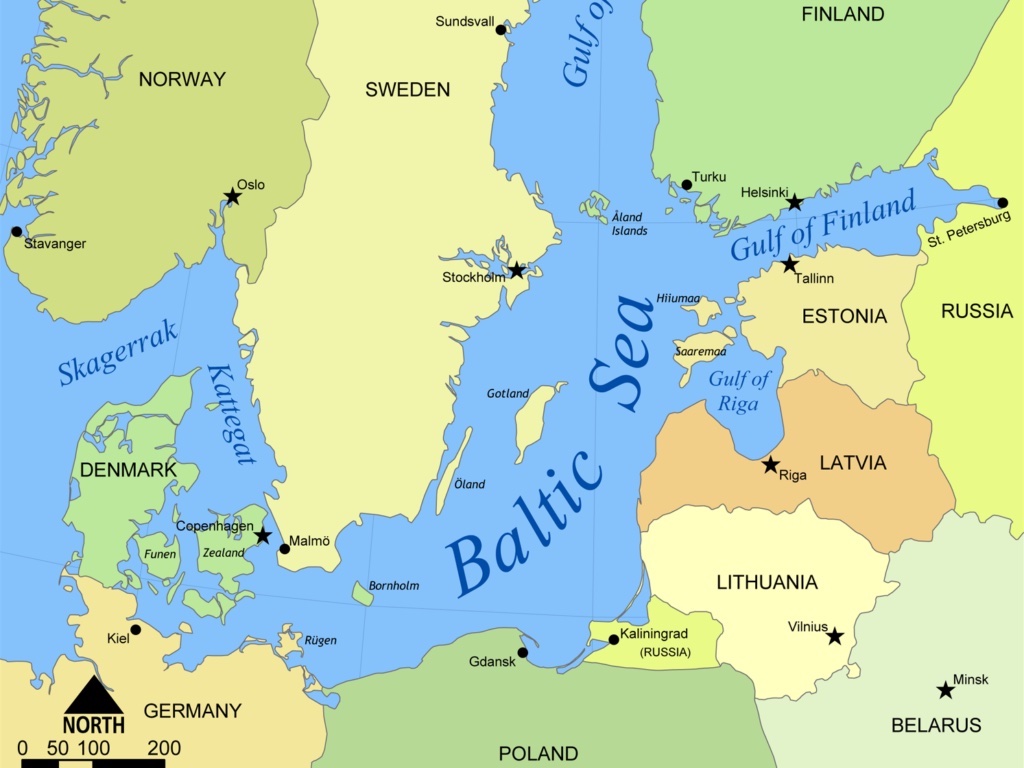
There are many shipwrecks in the Baltic Sea.
The wreck of the M37 minesweeper contains at least one visually identified paravane, a device used to protect against anchor mines, which is believed to contain up to eight kilograms of mercury and should be removed.
Estimating the amount of fuel in the wreck is difficult, but the damage to the wreck suggests that the fuel bunkers were not damaged at the time of sinking. As the ship was based in Tallinn but sank in Narva Bay, and as there was a shortage of fuel at the time of the sinking, it is unlikely that the ship embarked with the maximum possible amount of fuel of 143 tonnes.
The total cost of the project assessing the environmental hazard of potentially dangerous shipwrecks in Estonian maritime area is €285,710 (AUD550,000), with 70 per cent, or €199,997 (AUD387,000), funded by the Nordic Environment Finance Corporation.
By BNS






